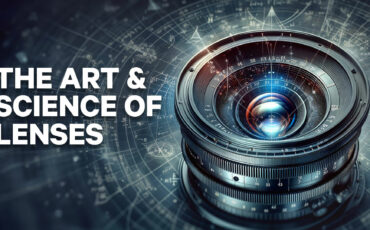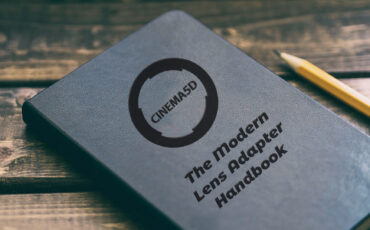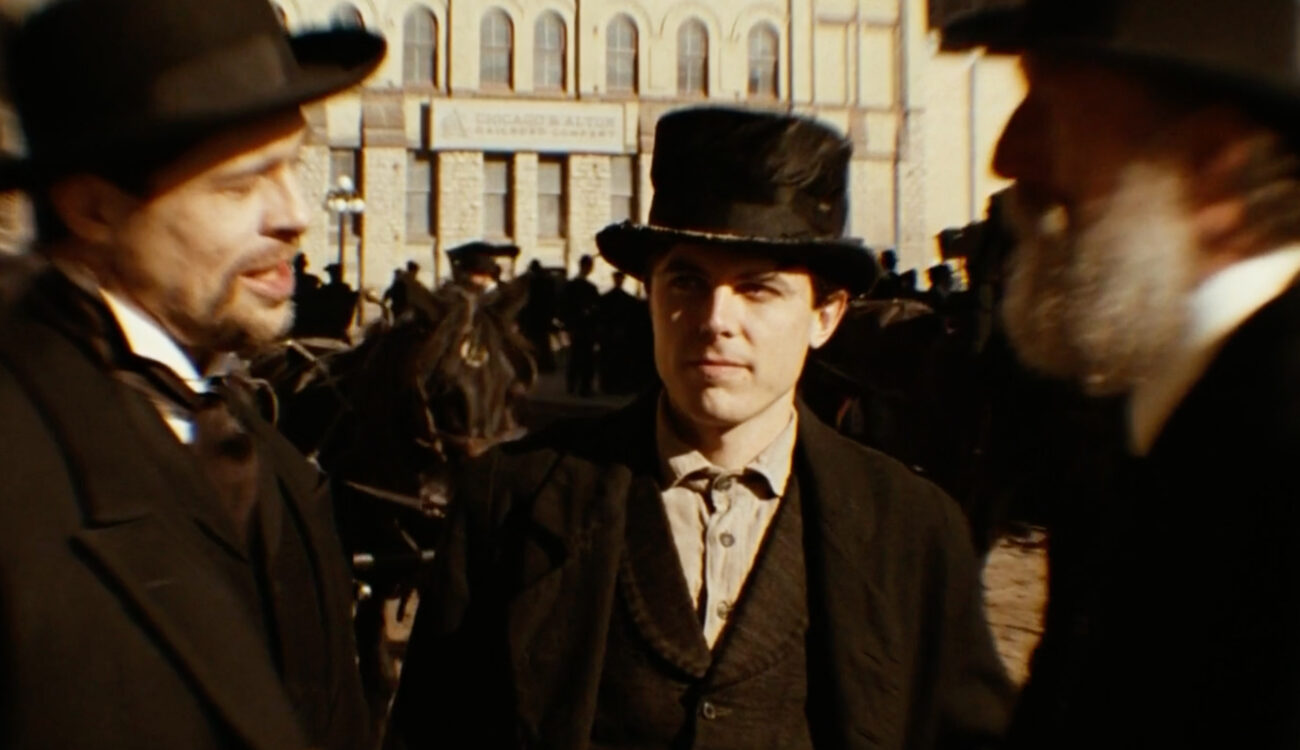
Christmas is around the corner, and you might or might not be looking for interesting lenses to give to your favorite cinematographer as a present (including yourself, of course). Maybe even vintage ones because, as we often hear, they have character. What gives a lens personality, though? Seasoned cinematographer and educator Tal Lazar answers: its flaws. In his MZed course “The Art & Science of Lenses,” he revisits all common lens aberrations, explains why they appear, and demonstrates how they influence the image. Let’s take a glimpse!
Technicians define aberrations as a failure of an optical system to focus all of the incident light rays coming from a point on the object to an image point. We – filmmakers and photographers – should see them rather as creative opportunities. After all, as Tal Lazar reminds us, every lens has aberrations. This is what makes them characteristic and special. We look for optical solutions that tell stories rather than perfect ones, right? That’s why some cinematographers even degrade lenses so that certain aberrations become more pronounced.

Film stills from “The Assassination of Jesse James by the Coward Robert Ford” by Andrew Dominik, 2007 


Naturally, it’s both an exciting and complex topic, so if you want to watch all the demos and explanations in greater detail, head over to “The Art & Science of Lenses” course by Tal Lazar on MZed.com.
The Art & Science of Lenses
Lens aberrations: spherical
The aberration Tal Lazar begins with is spherical. Due to the lens’s curvature, light rays that hit the lens near its edges are refracted at a different angle than the ones hitting it near its center. As a result, it generally softens the image. Mostly, we will see it in the out-of-focus areas in the form of bright rings, also called bokeh. Now, we all know and love bokeh, but sometimes, depending on how light focuses, it might look weird or be too much:
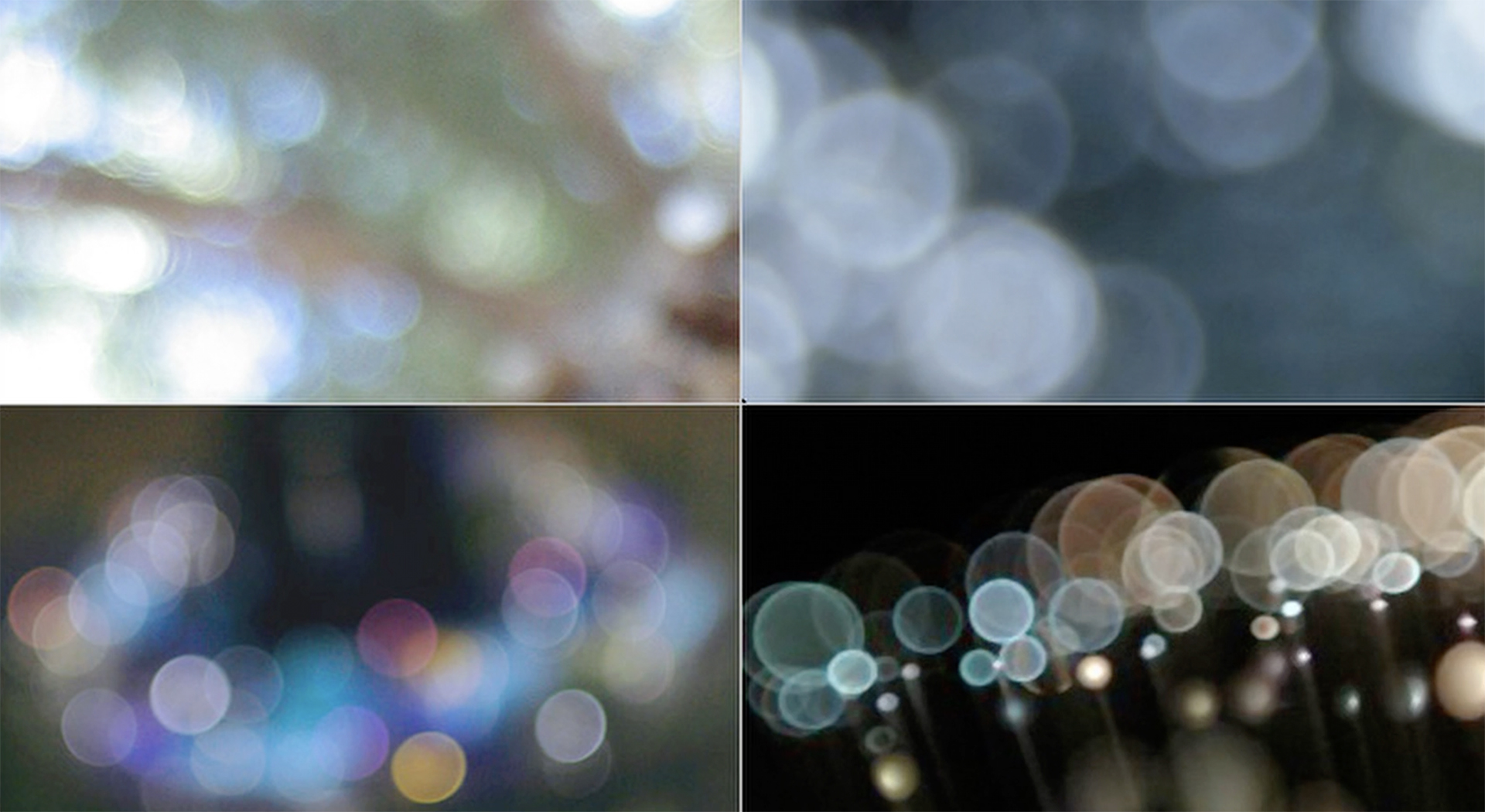
There are different solutions to eliminate spherical aberration, explains Tal Lazar. The simplest one is stepping down the aperture. Manufacturers can also introduce an additional glass element (for instance, a negative one to a spherical lens, similar to an anamorphic adapter) to correct the path of the light rays. However, any additional element will add new characteristics to the optical system, bringing more absorptions and reflections. In any case, you can check your lens by looking at the bokeh. Well-corrected lenses will produce a smooth, blurry patch that transitions uniformly to the background. Or you can simply enjoy the uniqueness of your lens’s bokeh.
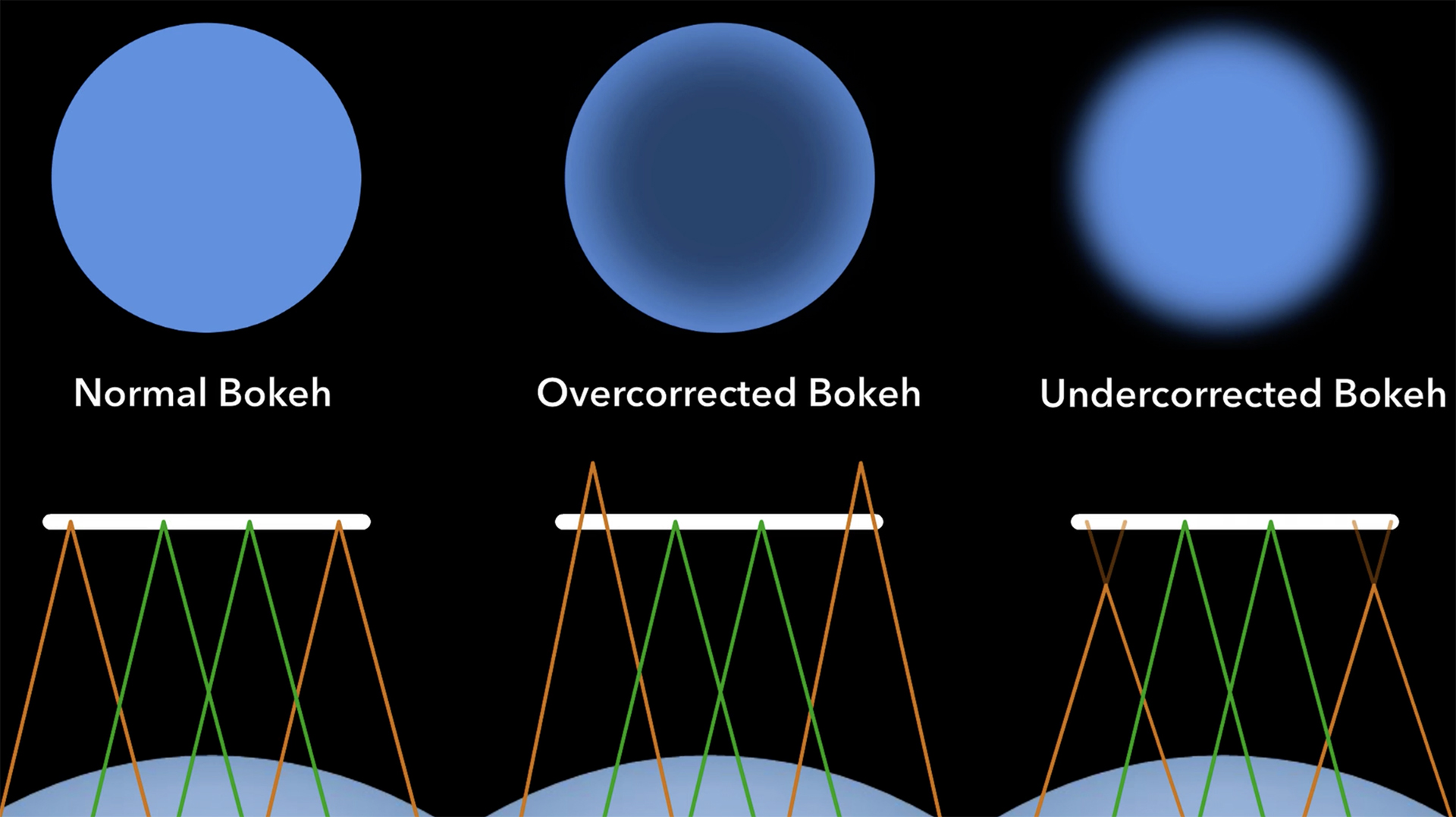
Chromatic aberration in lens aberrations
Next up is chromatic aberration. It happens because of dispersion, when the light of different wavelengths (or, simply put, colors) focus at various distances behind the lens. The result is often seen on the outer edges of objects, mainly as a blue or purple fringe.

Images source: Tal Lazar/MZed 

Here again, closing the aperture down might help to deal with this type of aberration, but not always. Tal Lazar also shows other solutions to fix this, like achromat doublet, which is two elements treated as one lens. They are designed to cancel each other’s dispersion and eliminate chromatic aberrations.
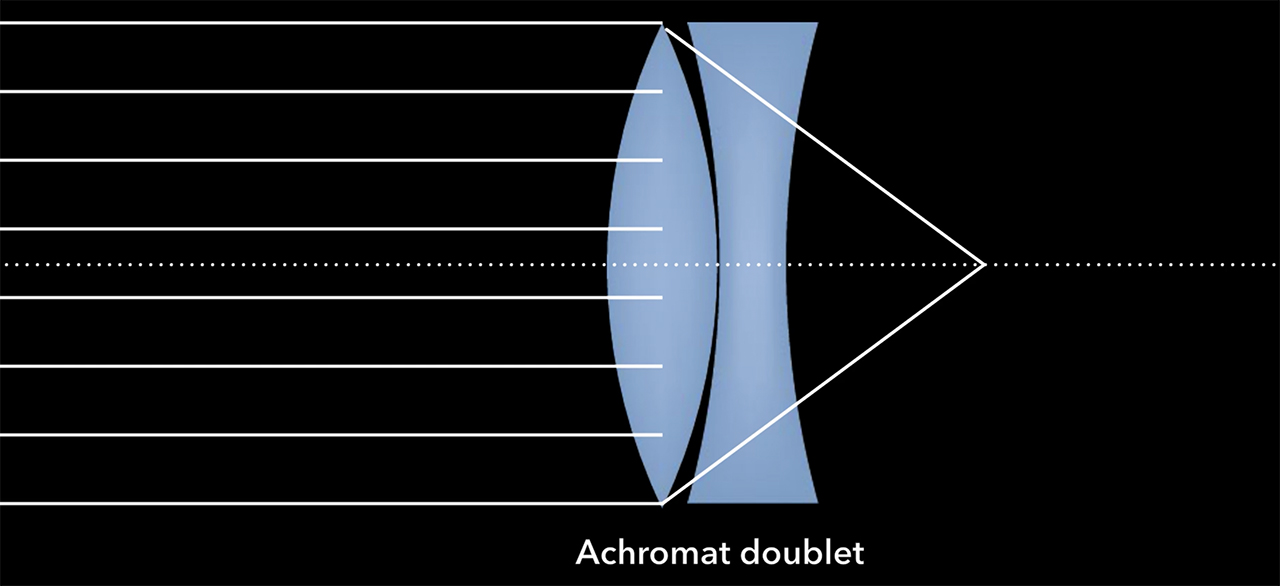
Comatic aberration
Comatic aberration, or coma in short, happens when light rays enter the lens at an angle and then focus on different distances (depending on how far they are from the center of the lens).
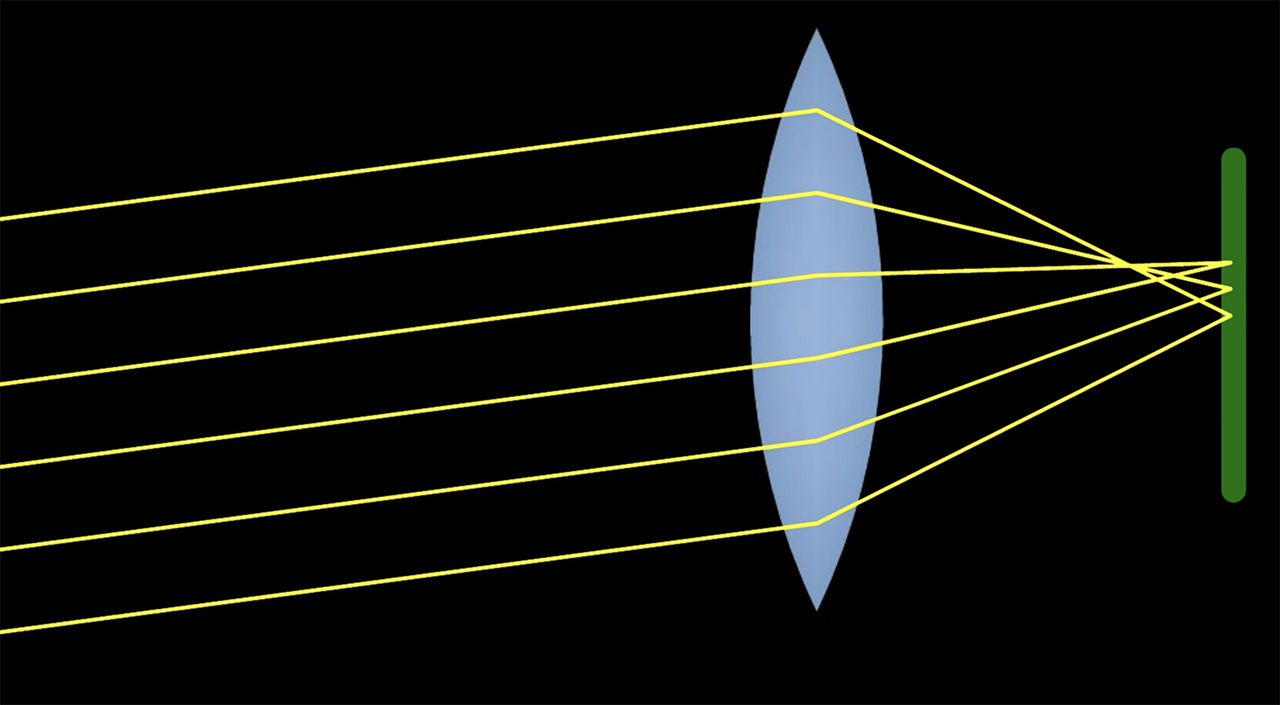
Visually speaking, the image point will acquire something like a comet shape due to this aberration. As Tal Lazar points out, the only way to fix this is by letting a technician realign the element.
Astigmatism as one type of lens aberration
The next one in this list is called astigmatism. Yes, exactly like what some people have in their eyes. To understand its effect, imagine a cross. Whenever an optical system with astigmatism is used to create an image of it, the vertical and horizontal lines will be in sharp focus at two different distances. It gets even worse for light that passes closer to the edges of the lens.
This aberration can happen because of imperfections in the shape of the lens or inconsistencies in the material it is made of. When a lens has astigmatism, the light rays at the top and bottom of it focus at a different distance than the light rays on the sides.
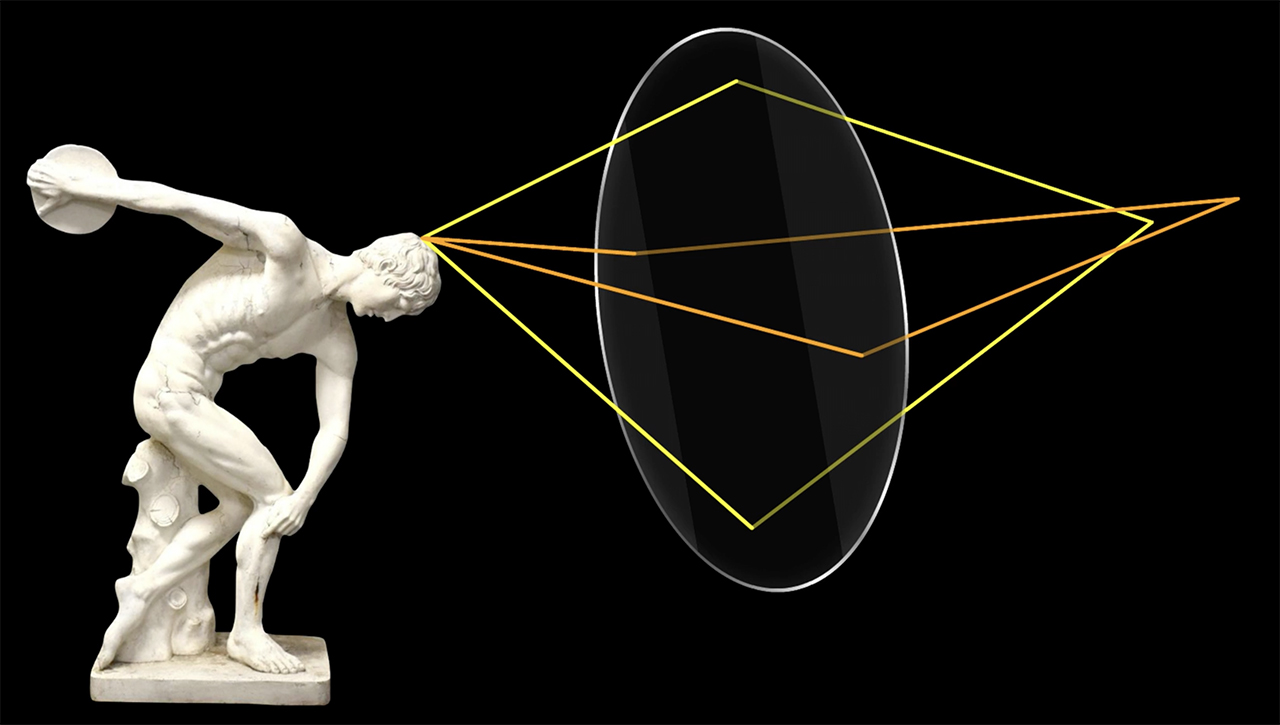
Field curvature
Ideally, we imagine that the lens creates an image point for every point on the object. Well, that’s impossible since the object is three-dimensional, and the image is flat. However, even if the object is flat, there are reasons why lenses cannot transport it perfectly. One of them is the natural field curvature due to the lens’s shaper.
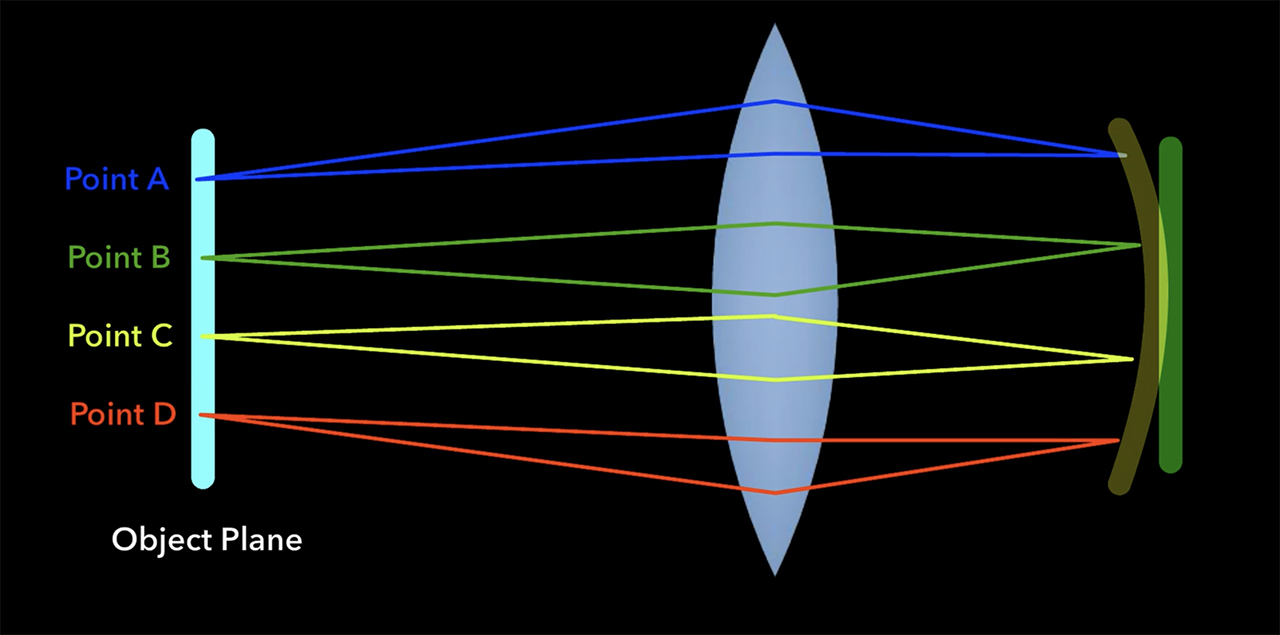
Tal Lazar explains that due to this, elements on the outer edges of the image plane may not be in focus because the light is not converging there. That makes them soft. This effect sometimes becomes remarkable even to the non-expert audience.

Vignetting
Vignetting is another term we often use rather as a stylistic choice than to describe a lens’s imperfection. Tal points out that all lenses have this aberration to some degree. Vignetting means that the edges of the frame are darker than the center. There are several reasons for this. One is the law of light. The rays at the edges of the frame travel at a longer distance, so they become dimmer than the ones in the center.
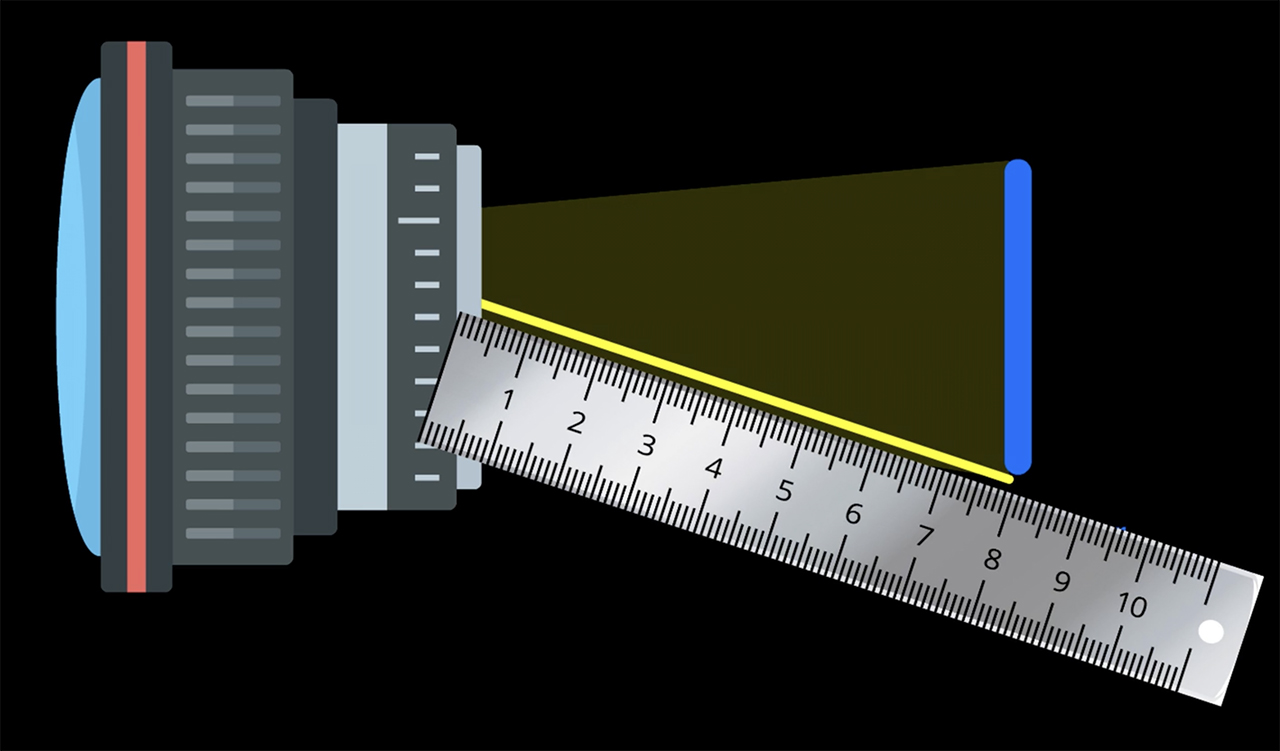
The physical length of the lens is another factor. It affects the intensity of light at the edges of the frame. This is also the cause of a visual phenomenon we call the cat’s eye effect, adds Tal Lazar.

Closing down the aperture can help with vignetting. I, on the contrary, more often than not observe how cinematographers try to achieve it. For instance, by using a lens intended to cover a smaller digital sensor on a camera with a larger one.

And other lens aberrations
While in the course and this article, we talk about each of the aberrations separately, in the real world, they are mostly combined and create effects that are sometimes difficult to identify. This combination is what gives the lens’s personality. So, Tal Lazar urges us to see them less as technical challenges and more as creative opportunities.
Of course, other common types of aberrations exist, like distortion, breathing, lens flares, and ghosting. If you want to learn more about them, head over to MZed.com and join the “The Art & Science of Lenses” course. There, Tal Lazar also explains the differences between lenses designed for film and digital sensors, shows how images produced by lenses appear when you use them on various cameras, and much more.
What else do you get as an MZed Pro?
As an MZed Pro member, you have access to many hundreds of hours of filmmaking education. Plus, we’re constantly adding more courses (several are in production right now).

Starting at just $29/month (billed at $349 in the first year, $199 from the second year, or billed monthly at $49), here’s what you’ll get:
- 58+ courses, over 750+ high-quality lessons.
- Highly produced courses from educators who have decades of experience and awards, including a Pulitzer Prize and an Academy Award.
- Unlimited access to stream all content during the 12 months.
- Offline download and viewing with the MZed iOS app.
- Discounts to ARRI Academy online courses, exclusively on MZed.
- Most of our courses provide an industry-recognized certificate upon completion.
- Purchasing the courses outright would cost over $9,500.
- Course topics include cinematography, directing, lighting, cameras and lenses, producing, indie filmmaking, writing, editing, color grading, audio, time-lapse, pitch decks, and more.
- 7-day money-back guarantee if you decide it’s not for you (on annual billing only).
Full disclosure: MZed is owned by CineD.
Join MZed Pro now and start watching today!
Let’s turn the tables! What do you think about aberrations? Do you pay close attention to them when choosing a new lens? What makes the lens’s personality for you? Let’s talk in the comments below!
Feature image: a film still from“The Assassination of Jesse James by the Coward Robert Ford” by Andrew Dominik, 2007





